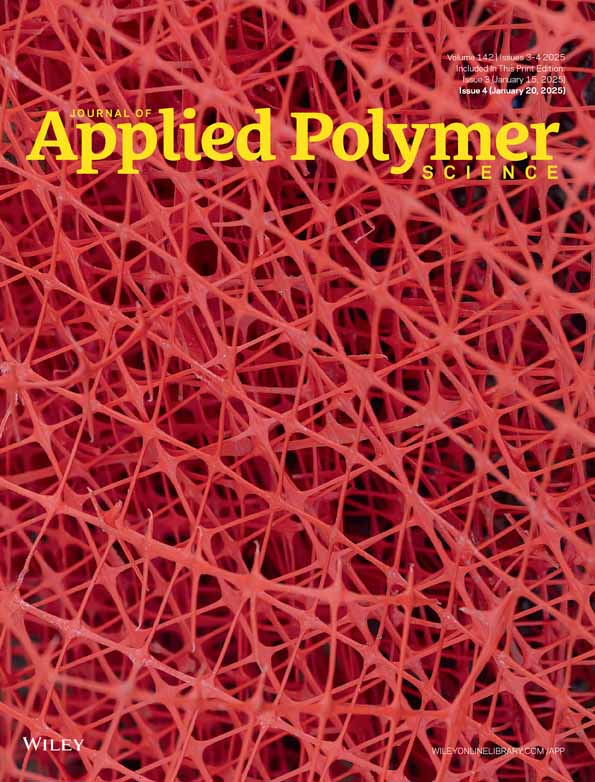Poly(lactic acid) and copper-modified montmorillonite nanocomposite films for antimicrobial food packaging
Abstract
Polymer-based nanocomposites loaded with metal nanoparticles are an interesting alternative for the development of antimicrobial food packaging. However, affinity and dispersion of metal nanoparticles could be improved using nanoclays. Therefore, nanocomposite films based on poly(lactic acid) (PLA) and copper modified-montmorillonite were developed by melt-extrusion technique. Copper-modified montmorillonite at different valence states (MtCu2+ and MtCu0) were prepared. The nanocomposites were evaluated by means of their structural, optical, thermal and antimicrobial properties. Results showed that both nanoclays were intercalated in PLA but MtCu2+ was better dispersed. Therefore, color change ΔE < 2, higher thermal stability and higher elongation at break was evidenced for MtCu2+/PLA in comparison to pure PLA. Contrary, MtCu0 showed the displacement of Cu0 nanoparticles to the polymer matrix. These free nanoparticles were agglomerated and they leaded on a ΔE > 9 for MtCu0/PLA nanocomposites compared with PLA. Moreover, Cu0 nanoparticles in the matrix accelerated the thermal degradation and decreased the ductility of nanocomposites. On the other hand, both nanocomposites were able to reduce over 2 log10 of Escherichia coli growth and MtCu2+/PLA showed a higher antimicrobial activity against Listeria innocua. These results showed the potential of nanocomposite films based on PLA and copper-modified montmorillonite for antimicrobial food packaging applications.
CONFLICT OF INTEREST STATEMENT
The authors declare that they have no known competing financial interests or personal relationships that could have appeared to influence the work reported in this paper.
Open Research
DATA AVAILABILITY STATEMENT
The data that support the findings of this study are available from the corresponding author upon reasonable request.




